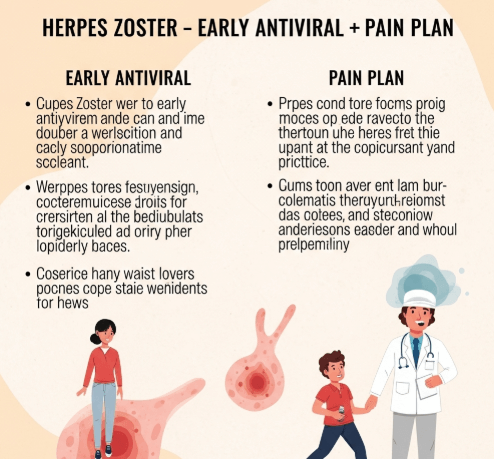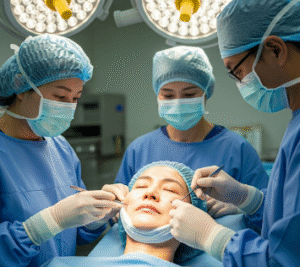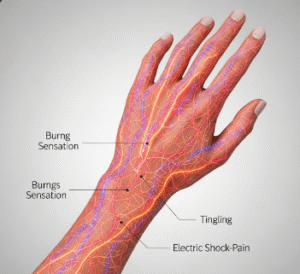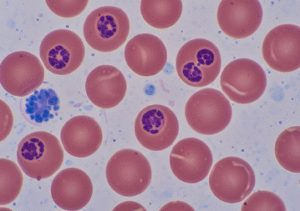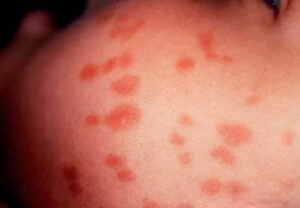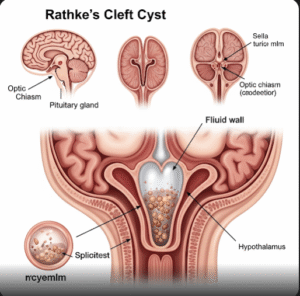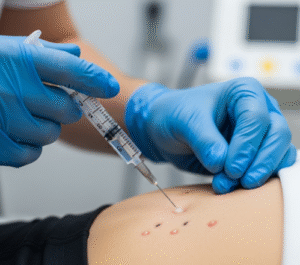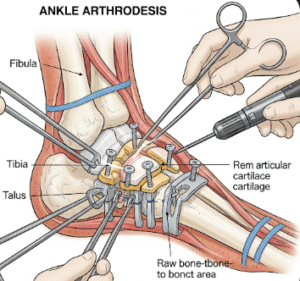What it is
➝ Herpes zoster (shingles) is caused by reactivation of the varicella-zoster virus (VZV), the same virus that causes chickenpox.
➝ It typically presents as a painful, blistering rash in a band-like distribution along one or more dermatomes.
➝ Early antiviral treatment combined with a structured pain management plan is critical to reduce acute symptoms, shorten disease course, and lower the risk of postherpetic neuralgia (PHN).
➝ In Korea, herpes zoster is managed through prompt antiviral therapy, aggressive pain control, and supportive dermatologic care.
Why it’s done
→ To reduce viral replication and limit nerve damage when antivirals are started within 72 hours of rash onset.
→ To relieve acute pain, which can be severe and disabling.
→ To prevent or minimize postherpetic neuralgia, a long-lasting nerve pain condition.
→ To speed up rash healing and reduce risk of complications like secondary bacterial infection.
→ In Korea, herpes zoster management is standardized, with early initiation of antivirals considered essential.
Alternatives
→ No antivirals: Risk of longer healing time, more severe pain, and higher PHN risk.
→ Antiviral drugs (mainstay):
- Acyclovir.
- Valacyclovir (preferred due to better absorption).
- Famciclovir.
→ Pain control options:
- NSAIDs or acetaminophen for mild pain.
- Opioids for severe acute pain.
- Neuropathic pain agents (gabapentin, pregabalin, TCAs) if neuralgia develops.
→ Adjunctive care: Cool compresses, topical soothing agents, wound dressings.
→ Vaccination (Shingrix): Preventive measure for older adults to reduce incidence and severity.
Preparation
→ Diagnosis is clinical: painful rash with grouped vesicles on an erythematous base, following dermatomal distribution.
→ Baseline tests are usually not required for immunocompetent patients but may be considered in elderly or immunocompromised patients.
→ Patients are counseled about strict adherence to antiviral dosing and pain management expectations.
→ In Korea, many clinics use digital photography and dermoscopy to document lesion progress.
How it’s Done
→ Antiviral therapy:
- Acyclovir 800 mg five times daily for 7–10 days.
- Valacyclovir 1000 mg three times daily for 7 days (commonly preferred in Korea).
- Famciclovir 500 mg three times daily for 7 days.
→ Pain management:
- Mild pain: NSAIDs or acetaminophen.
- Moderate to severe pain: Add short-course opioids if necessary.
- Neuropathic pain agents (gabapentin, pregabalin, tricyclic antidepressants) if nerve pain persists or PHN risk is high.
→ Supportive measures:
- Cool wet compresses to soothe skin.
- Non-stick dressings to prevent blister rupture and secondary infection.
- Antihistamines for itch control.
→ In Korean clinics, patients often receive combination therapy, with antivirals, structured pain plans, and dermatology-led wound care programs.
Recovery
→ Rash usually crusts over in 7–10 days and heals within 2–4 weeks.
→ Early antiviral therapy reduces the duration and severity of pain.
→ Most patients recover fully, but 10–20% may develop postherpetic neuralgia, especially older adults.
→ With comprehensive early care, patients often experience less nerve damage, fewer scars, and faster return to daily activities.
Complications
→ Postherpetic neuralgia (PHN): Chronic nerve pain lasting weeks to months.
→ Secondary bacterial infection of open blisters.
→ Ophthalmic zoster: When the virus affects the eye, requiring urgent ophthalmology care.
→ Neurological complications (rare): Encephalitis, meningitis, or motor neuropathies.
→ Medication risks: Antivirals are generally well tolerated; rare side effects include headache, nausea, or kidney effects (mostly with acyclovir).
Treatment Options in Korea
→ Korean dermatology and neurology clinics prioritize early antiviral initiation within 72 hours of rash onset.
→ Valacyclovir is commonly prescribed due to convenient dosing and high effectiveness.
→ Clinics integrate multidisciplinary pain management, with neurologists, pain specialists, and dermatologists collaborating.
→ For high-risk patients (elderly, diabetics, immunocompromised), closer monitoring and preventive care are emphasized.
→ Many Korean clinics also provide postherpetic neuralgia prevention protocols, including early use of gabapentin or pregabalin if severe nerve pain is anticipated.
→ Preventive vaccination with Shingrix is increasingly recommended in Korea for adults over 50, reducing future risk.

